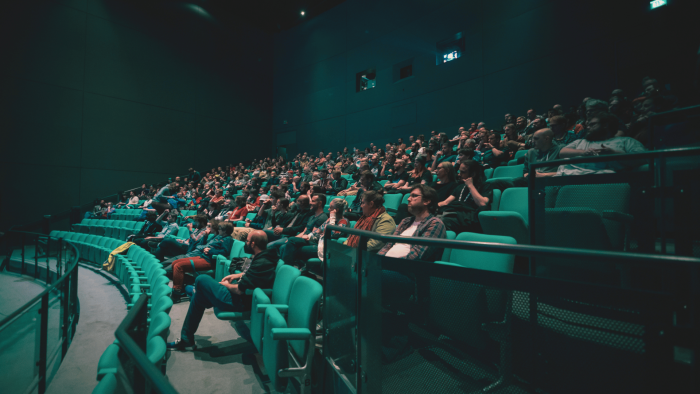I know, I know. As a former English major, I shouldn’t be writing this. Back in my youth it probably would have been verboten to insist that the film adaptation of a beloved book could be better than the book itself. The best you could have said about a film adaptation of a book is just that it’s different. Not better, just different.
That said, I do feel that the best movie adaptations—the ones that succeed in being better than the book—succeed because they don’t try to be straight adaptations. Novels are very information-dense; even at 3 hours and 28 minutes, King Vidor’s 1956 adaptation of War and Peace isn’t getting anywhere close to the amount of information Leo Tolstoy got on the page.
I feel that the best book adaptations succeed when they understand the constraints of both mediums. This is well-demonstrated in Spike Jonze and Charlie Kaufman’s Adaptation (itself a meta-narrative about Kaufman’s struggles adapting Susan Orlean’s The Orchid Thief), which gets out of the tricky task of adapting a book by depicting the struggles of doing so, rather than the plot of the book itself.
Or like in Edgar Wright’s Scott Pilgrim vs. the World, which had the task of condensing the (incomplete) six-book graphic novel series by Bryan Lee O’Malley into a fairly brisk 1 hour and 52 minutes. Wright smartly adapts Scott Pilgrim by highlighting the aspects of the story that can’t be communicated quite as well in a visual but static medium (cool fistfights; great diegetic music written by Beck, Broken Social Scene, and Metric).
I’m sure some of my choices here will ruffle some feathers, but I’ll do my best to explain my reasoning behind why I picked the films I did.
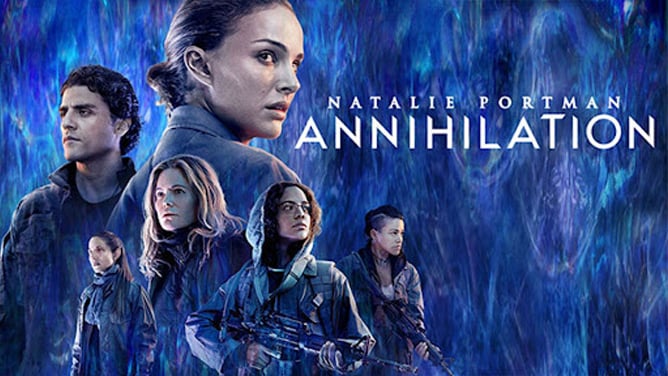
Annihilation
‘Annihilation’ (2018, dir. Alex Garland)
Starting off with one that’s certainly not going to make me any friends in the weird fiction community is this sci-fi horror movie adapted from the first book of Jeff VanderMeer’s Southern Reach trilogy. VanderMeer has his shooters but I confess I’m not among them, which is why I tend to give the film’s director Alex Garland a pass for his admission that he only read the book once and then adapted it from memory.
Garland’s adaptation succeeds for me because it takes the weirdness of VanderMeer’s Area X into a relentless fever dream that starts the minute Natalie Portman’s Army biologist crosses over into the Shimmer and doesn’t let up until the credits roll. Coupled with some of the most grotesque visuals I’ve ever seen and one of the most oppressive soundtracks in recent memory, I’d really struggle to recommend the book over the film.

Inherent Vice
‘Inherent Vice’ (2014, dir. Paul Thomas Anderson)
Paul Thomas Anderson collects the first of his two “good adaptations” chips with this film, based on Thomas Pynchon’s 2009 detective novel of the same name. Joaquin Phoenix stars as Larry “Doc” Sportello, who finds himself embroiled in a vertically integrated drug/dentistry/real estate conspiracy in 1970s California when an ex-girlfriend Shasta Fay Hepworth (Katherine Waterson) comes calling.
PTA’s adaption shaves some of the rough edges off of Pynchon’s shaggy dog mystery, and is largely elevated by some very good performances, with the standout being Josh Brolin’s Detective “Bigfoot” Bjornsen, who is equal parts incredibly intimidating and disarmingly silly depending on what the scene needs and showcases some impressive range.

Jaws
‘Jaws’ (1975, dir. Steven Spielberg)
Based on Peter Benchley’s novel of the same name, this one is largely a matter of points on the scoreboard. Both book and film did irreparable damage to the reputation of sharks by depicting them as mindless man-killing machines, but only one of them spawned the modern summer blockbuster as we know it; even if you’re prepared to be a contrarian about everything else on this list, it goes without saying that Spielberg’s film has pretty thoroughly surpassed its source material by this point.
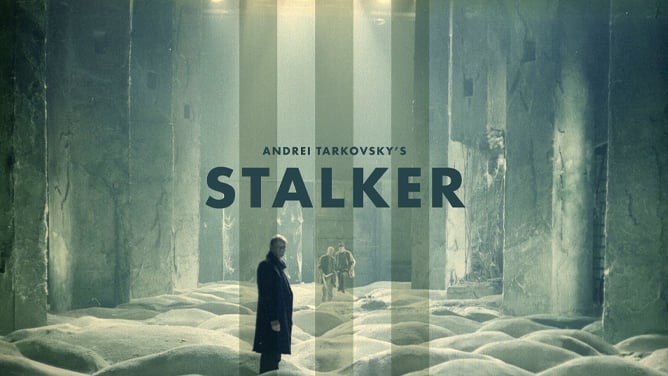
Stalker
‘Stalker’ (1979, dir. Andrei Tarkovsky)
Coming to us from behind the Iron Curtain is this certified film connoisseur classic, based on Boris and Arkady Strugatsky’s sci-fi novella Roadside Picnic, set in a world where a paracausal event turns part of the world into a hazard-filled hinterland called “The Zone.” Here, an unnamed “Stalker” (the in-universe name for people who guide people through The Zone) played by Alexander Kaidanovsky guides a writer and a professor in the direction of a room within that has the power to grant them their deepest desire.
The movie skews very philosophical, with questions about the nature of human desire, faith, and consciousness at the forefront of its themes. But what makes the movie especially engaging is its use of mood, with lots of long, slow shots where nothing happens, through which Tarkovsky really makes you feel the menace and beauty of The Zone as he’s depicting it.

High Fidelity
‘High Fidelity’ (2000, dir. Stephen Frears)
This one may just be for me, but John Cusack stars as perennially hangdog record store owner Rob Gordon in this slice-of-life romantic dramedy based on the Nick Hornby novel of the same name. This adaptation succeeds very obviously because it’s much easier to make a movie about a record store (where they can play the music) than it is to read a book about one.
However I also have to admit I’m biased because High Fidelity takes place in my beloved Chicago which means I can excitedly point out all the fun Chicago details to anyone who’s watching it with me—such as how weird it is that Cusack is constantly riding the Purple Line when he clearly lives in the West Side of the city, or how you can actually see the corner on Milwaukee and Honore where the record store is, and how I think it may still now be a shop for high end bike racing gear!
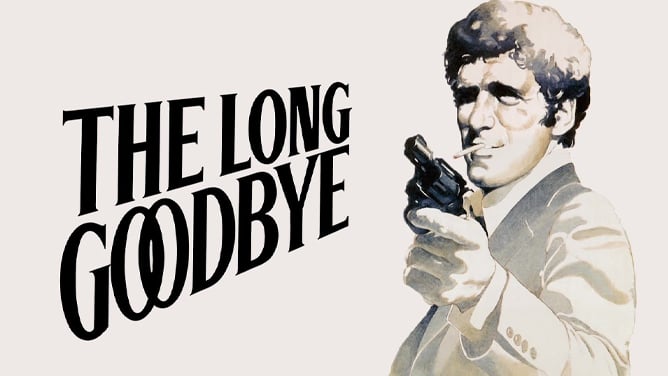
The Long Goodbye
‘The Long Goodbye’ (1973, dir. Robert Altman)
Based on the 1953 novel by venerated noir writer Raymond Chandler, Altman’s adaptation of The Long Goodbye succeeds based on one absolutely crucial metric: how absolutely cool and handsome Elliott Gould looks as PI Philip Marlowe. The film also depicts Los Angeles in all its spectacular griminess, letting Marlowe chase the tangled threads of a murder plot he only sort of grasps the full scope of.
The movie has one of my favorite final exchanges in all of film, and also features an uncredited (albeit non-speaking) performance by Arnold Schwarzenegger himself.
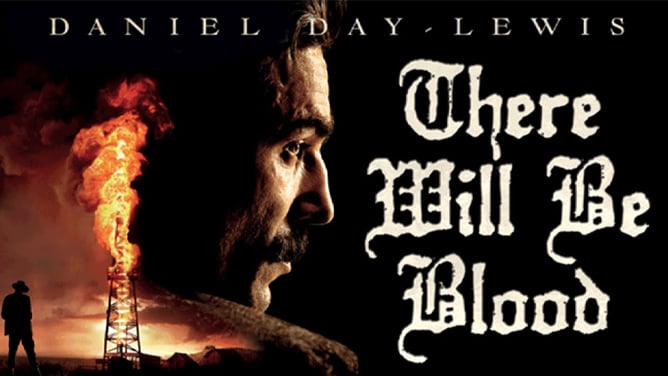
There Will Be Blood
‘There Will Be Blood’ (2007, dir. Paul Thomas Anderson)
Based on Upton Sinclair’s 1926–1927 novel Oil!, There Will Be Blood doesn’t adapt the socialist bona fides of the source material so much as it lays bare the unceasing rot at the heart of America’s capitalist experiment.
Daniel Day-Lewis stars as Daniel Plainview, a silver prospector turned oil mogul whose unceasing pursuit of profit hollows out every single aspect of his life. The film’s first half depicts Plainview’s attempts to wrest control of oil rich land out from under a pious family of Christians called the Sundays, while the back half of the movie highlights his sparring matches with Eli Sunday (Paul Dano), and how thoroughly his greed and ambition consumes him and corrupts Eli in the process.
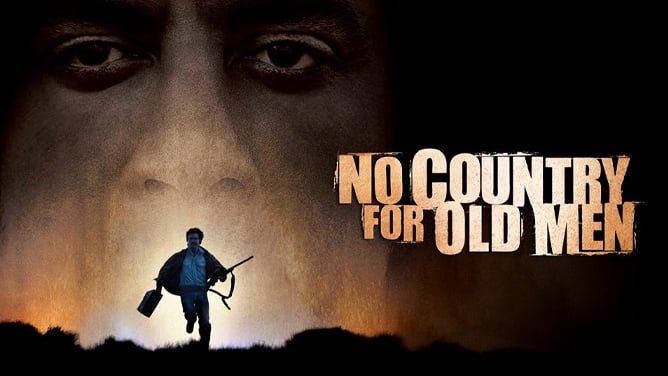
No Country for Old Men
‘No Country for Old Men’ (2007, dir. Ethan and Joel Coen)
Adaptations of Cormac McCarthy novels aren’t super rare, but the Coen Brothers’ version of his 2005 novel, No Country for Old Men, remains one of the best. In an unambiguous star-making performance (he was trading stocks full time before booking the role), Josh Brolin plays Llewelyn Moss, a taciturn man who finds a bag full of money at the scene of a drug deal gone wrong, unaware that it’s being tracked by relentless hitman Anton Chigurh (Javier Bardem).
Brolin, Bardem, and Tommy Lee Jones elevate the cast, which also includes bit roles for Woody Harrelson, Kelly Macdonald, and Stephen Root.
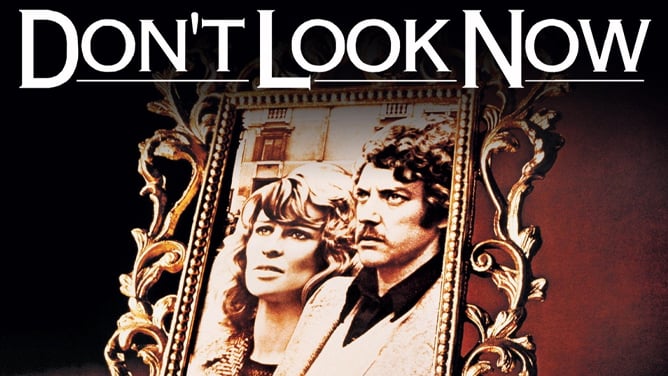
Don’t Look Now
‘Don’t Look Now’ (1973, dir. Nicolas Roeg)
I’d be remiss not to add this one given the recent passing of its star, Donald Sutherland, even though it’s technically based on a short story by Daphne du Maurier from 1971. Sutherland plays John Baxter, who finds himself plagued with visions and premonitions he can’t make sense of during a vacation to Venice with his wife Laura (Julie Christie) following the accidental drowning of their daughter.
The film makes incredible use of a dour and fog-covered Venice to create its oppressive and disorienting atmosphere, and the last 10 minutes of this movie are one of the most abrupt and shocking things I’ve seen recently.
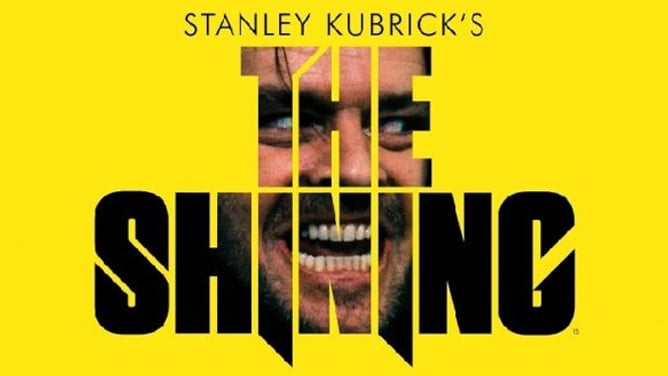
The Shining
‘The Shining’ (1980, dir. Stanley Kubrick)
There’s no shortage of Stephen King novels I could have picked for this one but why mess with success? Loosely based on King’s 1977 novel, The Shining stars Jack Nicholson as Jack Torrence, a failing writer who falls under the sway of a malevolent presence lurking in the Overlook Hotel, where he’s been hired as groundskeeper for the winter.
Even though King himself isn’t fond of the adaption, Kubrick’s directorial eye is on full display here, and the visuals are still just as frightening and off-puting today as they were when it was released. In addition, this adaption also features one of my favorite images in cinematic history, which is the slow pan in Scat Man Crothers’ bedroom where it’s revealed he sleeps underneath a giant oil painting of a naked woman.


